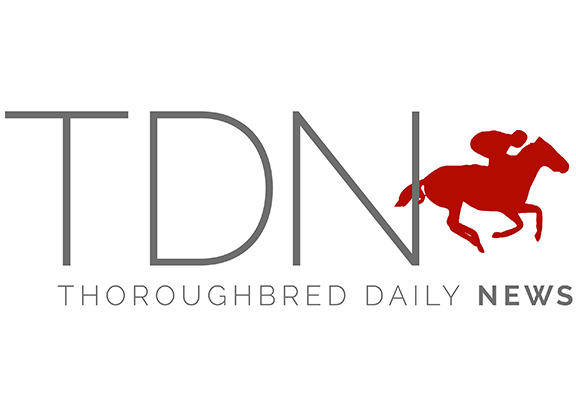I'm curious if anyone has researched the significant flaw that currently exists within the system for awarding black-type status to non-listed stakes races?
Here is how the current system works. The performances of the top four finishers of a race (for the preceding three years) are given a speed rating from BRIS, DRF, Equibase and Thorogragh. These are averaged or combined to provide a Quality Rating. If the Quality Rating of the race meets a minimum standard the race is awarded black-type status for the following year. Seems simple enough, and I understand that this is the current international standard. However consider the following scenarios.
Scenario 1 – A stakes race is considered black-type. The top four finishers deliver a performance so poor that the following year the race is stripped of black-type status. The horses in question, delivering said poor performance, are awarded black-type because “the race” was so designated as black-type. Hmmm poor performance awarded an important industry credential.
Scenario 2 – A stakes race is considered non-black-type. In the current year the top finishers knock it out of the park. They deliver performances among the best ever for the historic runnings of the race. As a result of the stellar performance of the current year's top finishers the race will now be recognized as black-type the following year. The following year? Hmmmm again, exceptional performance isn't awarded an important industry credential. Why??
Scenario 3 – Same stakes race (as Scenario 2) but now considered black-type because of the performance of the horses the preceding year. The horses in the current year again deliver a poor performance. A performance that will knock the race down to non-black-type the following year. But because the race was designated black-type again because “the race” was so designated as black-type.
Scenario 1 – Horse delivered substandard performance, but were awarded black-type.
Scenario 2 – Horses delivered exceptional performance, but were denied black-type.
Scenario 3 – Horses again delivered substandard performance, but were awarded black-type.
If the goal of the North American International Cataloguing Standards Committee is to ensure that the information that is presented on a sales page is accurately reflective of the quality of bloodstock presented on the page then the current system is not only flawed but is in fact a fraud. Many many horses have been presented as black-type quality when in fact they were not. And many many horses were shown to be of lesser quality when in fact there were superior (to many others). How in the current age of technology and AI developments is this allowed to continue?
We often read about the state of our industry. Top end of the market is good, the lower levels more challenged. Maybe the middle and lower levels of our industry are more challenged because we treat those that participate there so poorly. Recently, elements of the industry have begun to talk about and recognize the value of smaller, feeder tracks. That there's more strength to our industry if we don't just revolve around the big three (CDI, TSG and NYRA). Maybe the same is true for our breeders. Of course everyone wants to breed a Classic winner, a Breeders Cup winner, Dubai World Cup winner, etc., but for many small and medium tier breeders winning their local track (or track circuit) stakes race is often as meaningful to their program. Their mare or stallion or both achieving black-type is an exciting and important achievement for many small and medium tier breeders. Not everyone has 300 foals in every crop of runners.
The response that I received from Andy Sweigardt at TOBA was as follows.
“I spoke with Carl Hamilton, chair of the NAICSC, and the committee reaffirms its previous response to you regarding your question:
The process of assigning non-listed black-type status to races is as it is because the system of assigning races black-type status for the coming year, and not on a retroactive basis, is an international practice designed to allow owners and trainers to plan schedules for their horses and tracks to publicize their races in order to attract runners of suitable quality. A system where the status of a race is not known until after it is run would make it more difficult to plan a race schedule for a horse and publicize a race and introduce unneeded guesswork into the process.”
This response fails to recognize three important elements. First, there is no denial that a flaw in the current system exists. Saying that it's done wrong because it's always been done wrong, and everyone else does it wrong is a poor response. And lacks credible logic. Secondly, many non-listed black-type races are THE stakes races of note in these regional markets. Trainers are targeting these races on the calendar regardless of black type/non-black-type status. We're not talking about graded stakes races (largely the province of the big owners, stables, trainers) where trainers are carefully targeting races for their owner's horses. Lastly, as an industry are we breeding horse races or race horses? A race is designated black type regardless of the current performances of the runners in it, not because of the current performances of the runners in it. Wow! How many horses worthy of black type weren't awarded it? How many runners not worthy of black type were awarded it, and because of it carried inferior (or less superior) genes forward?
My closing question is quite simple. How does it advance our breed to reward (with important industry credentials) horses not delivering a black-type performance standard and refusing to recognize horses that deliver, at or better than, the defined standard the same credentials and/or recognition?
Not a subscriber? Click here to sign up for the daily PDF or alerts.






